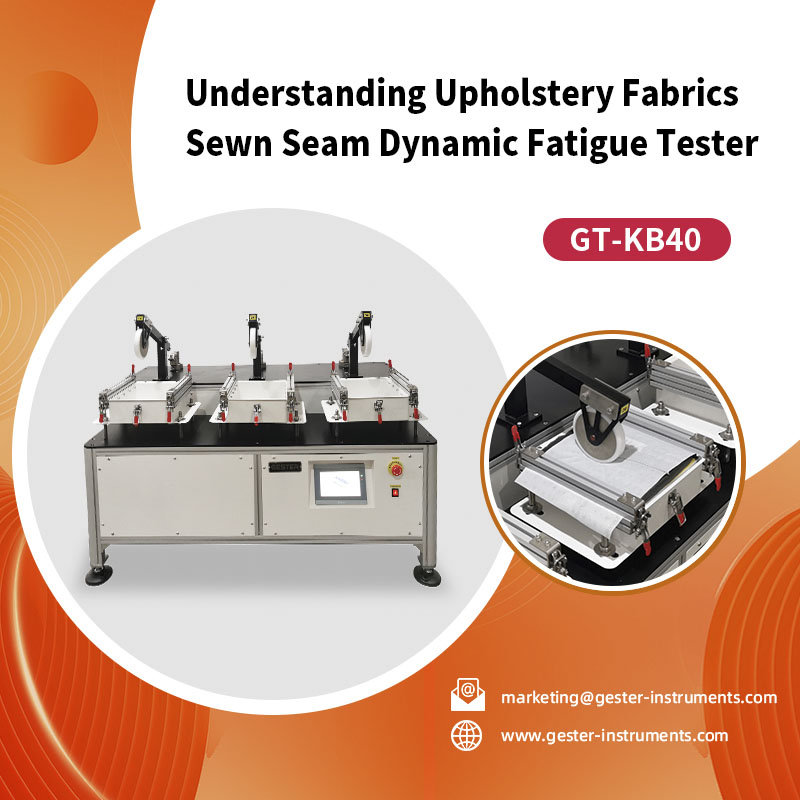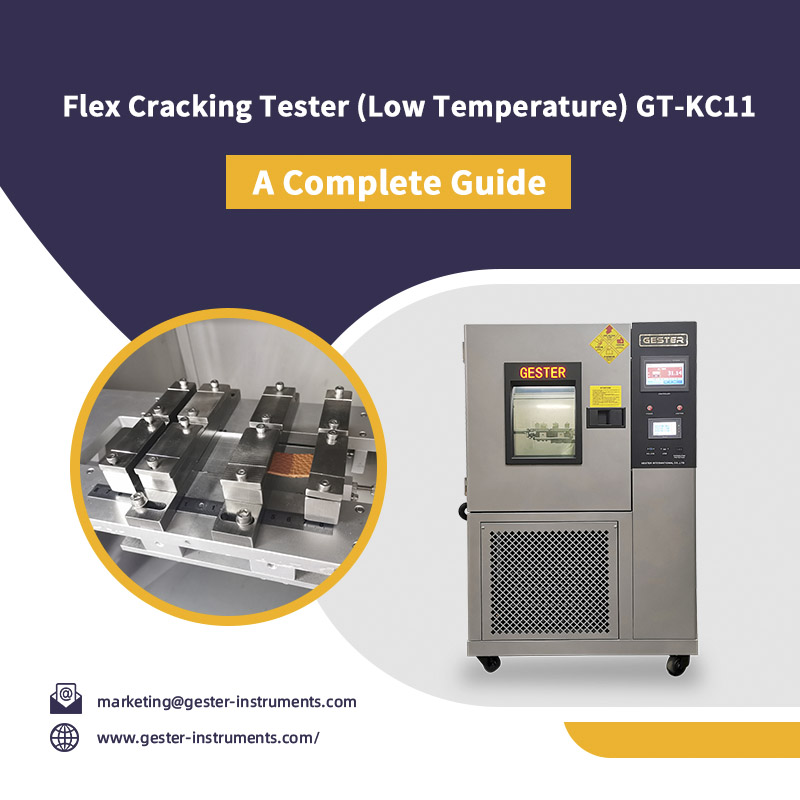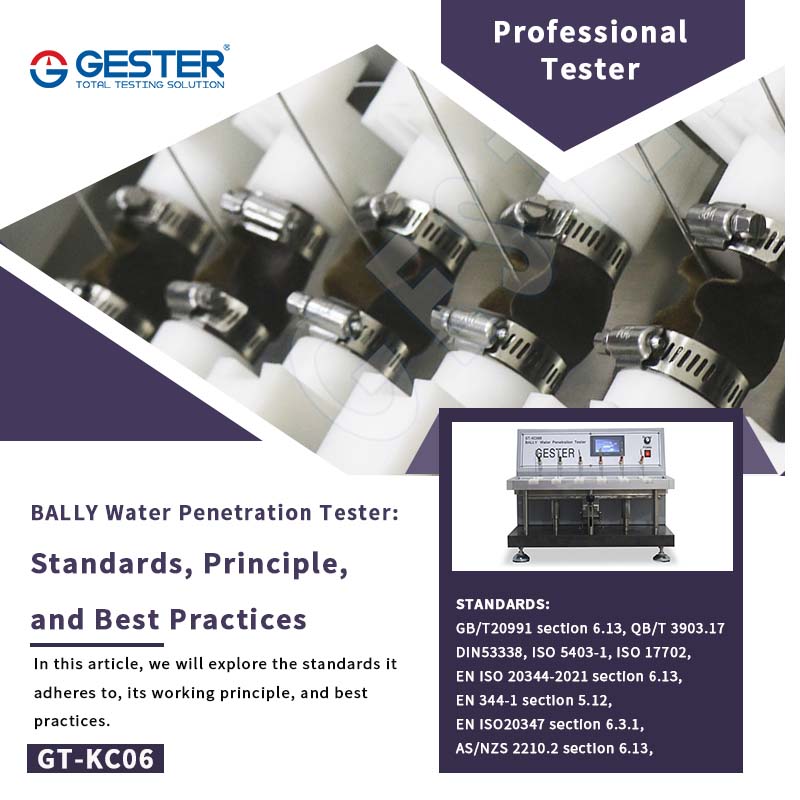What is The Test for Paper Bending Stiffness?
April 02, 2025
What is The Test for Paper Bending Stiffness? When you unpack a delivery box, Have you ever considered how cardboard stiffness directly affects package compression resistance? Similarly, in the printing industry, how the bending properties of paper determine the flatness of the finished product? All of these key indicators cannot be separated from the accurate testing of paper Bending Stiffness. The GT-N22 Paper Bending Stiffness Tester is designed for this purpose. In this article, we will introduce the GT-N22 paperboard bending stiffness tester 's functions, standards and operating procedures in detail. What is paper bending stiffness test? Paper bending stiffness measures a material's resistance to bending deformation. This property directly impacts its application performance (e.g., packaging load-bearing, printing adaptability, etc.). The GT-N22 paper testing instrument quantifies bending stiffness (in mN·m or N·mm) by simulating real-world force conditions, ensuring that the material complies with industry standards and end-use scenarios. The bending stiffness can be used for testing the bending stiffness performance of film, mica sheet, graphite sheet, composite material and other sheet materials. Paper Testing Instruments Relevant Standards The bending stiffness tester complies with the following standards: GB/T 2679.3 (Determination of paper and cardboard stiffness) GB/T 22364 (Determination of bending stiffness of paper and cardboard) ISO 2493-1 (Determination of bending stiffness of paper and paperboard) ISO 5628-2019 (Determination of static bending stiffness of paper and paperboard) GT-N22 Paperboard Bending Stiffness Tester Operation Guide Step 1: Turning on the power and setting parameters Turn on the power switch. Press “SETTING” to enter the test parameter setting interface. Set the key parameters (other parameters have been preset in the factory, no need to adjust): Test Speed (test speed): 0.5-50 ° / sec. Bend Length (bending length): optional 5, 10, 15, 20, 25, 30, 40, or 50 cm Bending Angle:1-92° Pause Time: Adjust as needed (default 0 seconds) Quanti (sample weight): enter the sample grams (g / ㎡) Step 2: Sample Mounting and Positioning Click “RETURN” to reset the rotary fixture to its home position. Turn the rotary knob to open the fixture, make sure the protruding end of the sample is over the position of the test head, and then tighten the nut to fix it. Adjust the force arm scale: according to the preset bending length (e.g. 10mm), pull out the locating pin and push the force arm to the corresponding scale, re-insert and lock it. Note: Unaligned or loosely clamped samples will result in measurement inaccuracies and need to be double-checked! Step 3: Test Execution and Data Acquisition Press “ZERO” to clear the historical data, and then press“TEST” to start the test. The device automatically completes the bending-return action, and click “OPEN” to view the detailed data after the end. Click “PRINT” to generate a test repo...
View More







